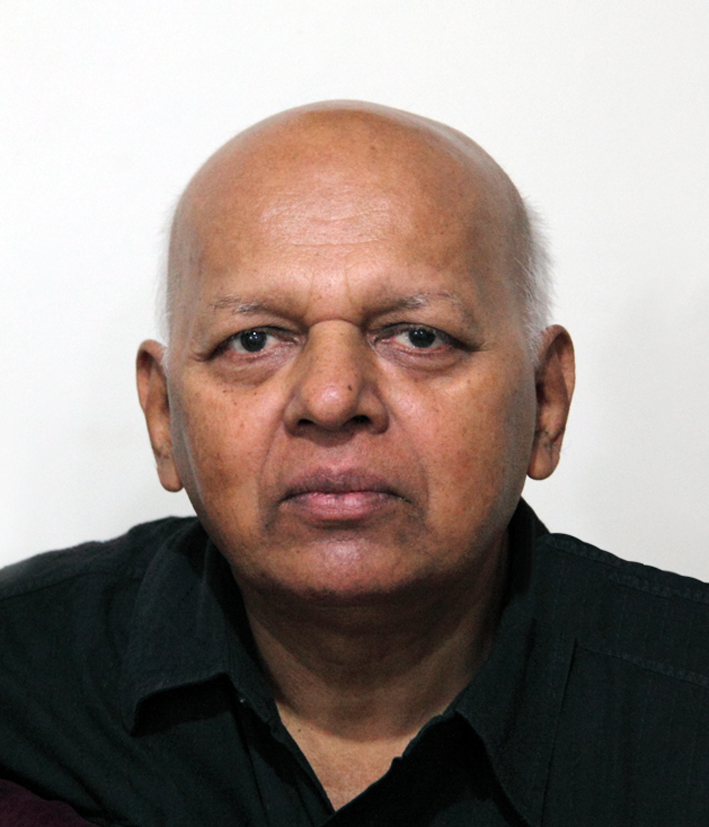India’s inequality all time high!
M.Y.Siddiqui
India’s data for a century has revealed income and wealth
inequality now worse than during British colonial rule, according to
the World Inequality Lab. Using billionaire raj for the present times,
research has found that inequality declined post-independence till
the 1980s, rose afterwards and is skyrocketing now. RSS Pariwar
union government has been adept at refuting any global assessments
pointing to economic facts like hunger and malnutrition, while not
having made data available since 2014 at regular intervals, as was
the case earlier. India’s GDP data itself is highly contested. Former
Chief Economic Adviser Arvind Subramanian has expressed surprise
how the GDP has been rising. He said India has missed its date for the
decadal census for the first time in 140 years in 2021, citing Covid-
19. He maintained India also has issues with the UN World Health
Organisation (WHO) data on underestimation of the Covid death toll
by ten times. India is the only country in the world which contests
WHO’s Covid numbers.
Paris based World Inequality Lab, with path breaking work
into income and wealth inequality in recent years, has a paper out on
the state of inequality in India titled Income and Wealth Inequality in
India, 1922-2023. The Rise of the Billionaire Raj has found analyzing
data between 1922 and 2022 (a century of data on incomes and
wealth) that “By 2022-23, top one percent income and wealth shares
(22.6 percent) are at their highest historical levels and India’s top
one percent income share is among the very highest in the world,
higher than even South Africa, Brazil and US”. It says, “the billionaire
raj” (a term used to define the post 2010s, at odds with lives of
millions, popularized by James Crabtree’s book, of the same name is
now more unequal than the British colonial raj.” It makes two other
observations, one on income tax being regressive, if seen from the
prism of net wealth in society. Also, the poor economic data, which
has seen a decline recently. It finds while inequality has been rising
sharply in India since the 198s, between 2014-15 and 2022-23, the
rise of top-end inequality has been particularly pronounced in terms
of wealth concentration.
Some other key findings revealed that inequality declined
post-independence till the early 1980s, after which it began rising
and sky rocketed the early 2000s. Trends of top income and wealth
shares track each other over the entire period of the study. It said by
2022-23, top one percent income and wealth shares (22.6 percent
and 40.1 percent) are at their highest historical levels and India’s top
one percent is among the very highest in the world, higher than even
South Africa, Brazil and USA. The study further reveals , in line with
earlier work the paper finds suggestive evidence that the Indian
income tax system might be regressive when viewed from the lenses
of net wealth. The study suggests a restructuring of the tax code to
account for both income and wealth and broad based public
investments in health, education and nutrition are needed to enable
the average Indian, and not just the elites, to benefit meaningfully
from the ongoing wave of globalization. Besides serving as a tool to
fight inequality, a “super tax” of two percent on the net wealth of the
167 wealthiest families in 2022-2023 would yield 0.5 percent of
national income in revenues and create valuable fiscal space to
facilitate such investments.
The study emphasizes that the quality of economic data in
India is poor and has seen a decline recently. It is therefore likely that
these new estimates represent a lower bound to actual inequality
levels. All the facts relating to national income accounts, wealth
aggregates, tax tabulations, rich lists, and surveys on income,
consumption, and wealth in a consistent framework to present long
run homogenous series of income and wealth inequality in India have
been pulled together. Union government in the past few years has
been adept at refuting any global assessment pointing to economic
facts such as hunger and malnutrition, while not having made data
available at regular intervals as was the case earlier. India’s GDP data
itself is highly contested.
In view of the foregoing, United Nations International
Organisation (ILO) in its latest report on employment in India has
recorded 83 percent youth with secondary and higher education are
unemployed as at the end of 2023. ILO is devoted to promoting social
justice and internationally recognized human and labour rights.
Contrary to this, the NITI Ayog’s claims that RSS Pariwar union
government has lifted 25 crore (250 million) people above poverty
since 2014 demolish the facts that the data of the NITI Ayog is fudged
in line with the government notorious for tinkering with data. This
data is high on rhetoric and low on ground as there is no nexus with
the ground reality!
Powered by Froala Editor




LEAVE A REPLY